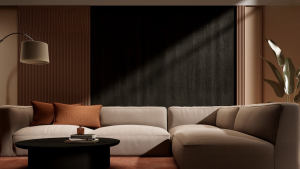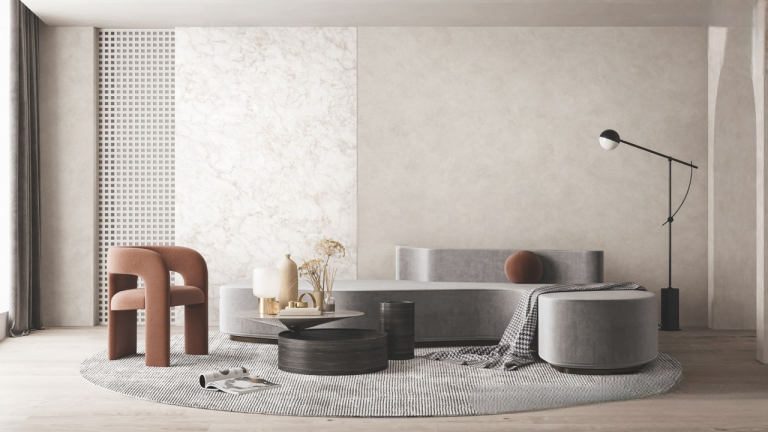When it comes to interior design, texture is just as important as color. It adds dimension, contrast, and a sense of richness that flat surfaces simply can’t achieve. The challenge? Traditional materials like stone, wood, or leather are often expensive, heavy, and difficult to install.
That’s where interior film becomes a smart alternative. With a wide range of finishes, it allows designers, architects, and installers to create textured and layered interiors without the high cost or disruption of traditional renovation.
Here are 7 ideas to inspire your next project:

1. Warmth with Wood Grain Films
Wood textures instantly bring a sense of comfort and natural warmth to any space. Use interior film with oak, walnut, or maple patterns to refinish walls, doors, and cabinetry—without replacing the actual material. Installers can achieve a seamless look even on large surfaces.
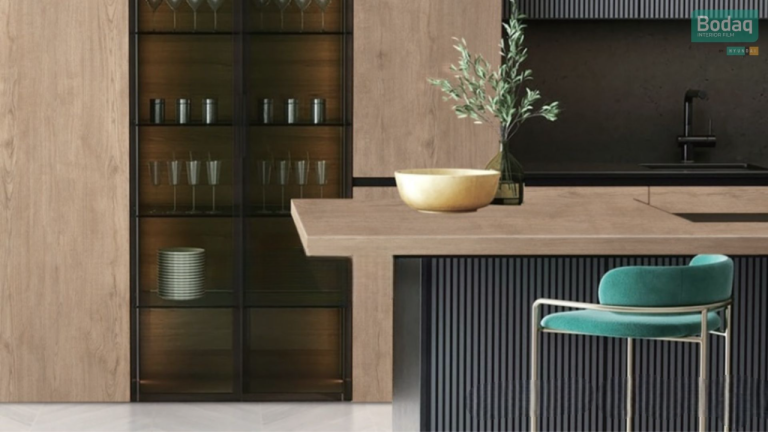
2. Industrial Edge with Stone and Concrete Finishes
3. Luxury Accents with Metallic Finishes
Gold, bronze, brushed aluminum, or stainless-steel films add a high-end touch to interiors. Designers often use them for elevator doors, wall panels, or trim accents where real metal would be too expensive or impractical.

4. High-End Look with Fabric-Effect Surfaces
Fabric-look interior films bring sophistication to furniture, headboards, and even wall coverings. They deliver the texture and depth of leather while being more durable and easier to maintain. Ideal for hospitality projects.
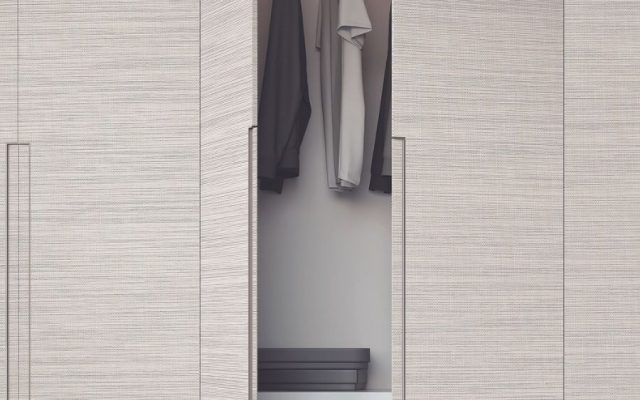
5. Matte vs. Glossy Contrast
Sometimes texture isn’t about the pattern but the finish. Combining matte and glossy surfaces adds depth and highlights key areas. For example, a matte wall film paired with a glossy reception counter creates visual interest without overwhelming the space.
6. Mixing Textures in One Project
Don’t be afraid to combine finishes. A wood grain wall paired with a metallic accent, or a stone film next to a matte solid, creates balance and contrast. Installers can easily integrate different textures in one space to elevate the overall design.
7. Play with Light to Enhance Surfaces
Textures come alive under the right lighting. Designers can use directional lighting to emphasize wood grains, stone reliefs, or embossed finishes. Films are thin and adaptable, making them easy to pair with lighting strategies to maximize depth.
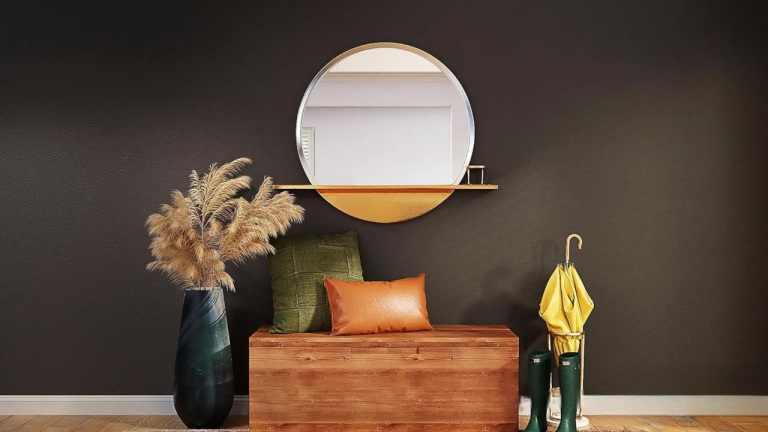
Final Thoughts
Interior film opens up countless possibilities for adding texture and depth to projects, without the challenges of heavy materials or messy renovations. From natural warmth to bold contrasts, these finishes give professionals the tools to transform spaces quickly, affordably, and with lasting impact.
EXPLORE!
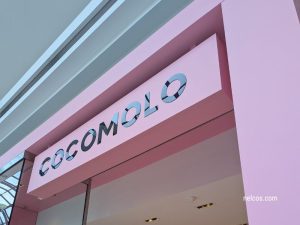
Cost-Effective Boutique Fit-Out Solutions for Stylish Retail Upgrades
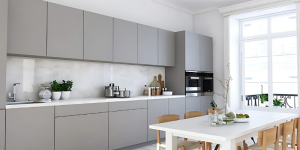
How Interior Films Can Boost Your Property Value

The Cost-Saving Benefits of Interior Film: Why Refinishing Beats Replacing

How Certified Installers Can Grow Their Business with Interior Films
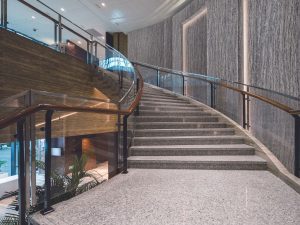
How Hotels Can Renovate Without Shutting Down Rooms: Interior Film Solutions
